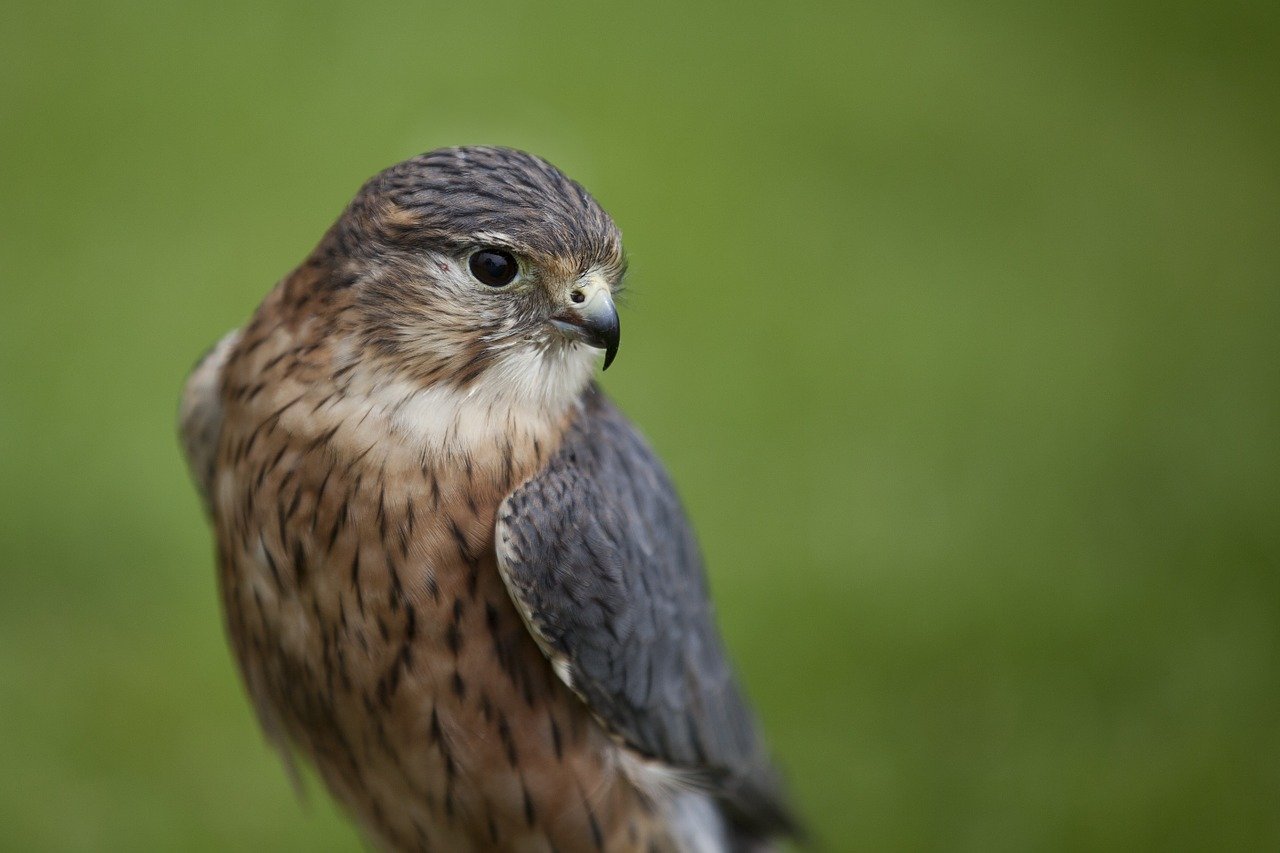Inverkan av födo- och boplatstillgång för den rumsliga utbredningen av häckande stenfalkar Falco columbarius
DOI:
https://doi.org/10.34080/os.v4.23025Nyckelord:
val av boplats, häckningsbiologi, mellanartsinteraktion, predator-bytesinteraktion, interaktion mellan predator och byte, habitatval, botäthetAbstract
This study deals with nest site selection and with the importance of food and nest sites as determinants of breeding density of Merlins Falco columbarius. Merlins preferred Hooded Crow Corvus corone comix nests less than 2 years old, which had not been used previously by Merlins. Artificial nests meeting these requirements were provided in a study area where the number of suitable nests for Merlins was low. Food abundance (number of passerines) was estimated in this area and in a control area where up to 15 Merlin pairs could breed. The number of breeding Merlin pairs did not increase in the nest provision area in relation to the number of nests provided. One possible reason was that the accessibility of prey was limited by snow, which was much more abundant in the nest provision area than in the control area. Therefore, we suggest that the density of breeding Merlins in this area was mainly determined by food particularly during the mating period.
Nedladdningar

Downloads
Publicerad
Referera så här
Nummer
Sektion
Licens
Författaren/författarna innehar copyright för varje enskilt bidrag, men samtliga bidrag är publicerade under en Creative Commons-licens, så att vem som helst kan dela och återanvända bidraget förutsatt att copyright-innehavaren erkänns.







